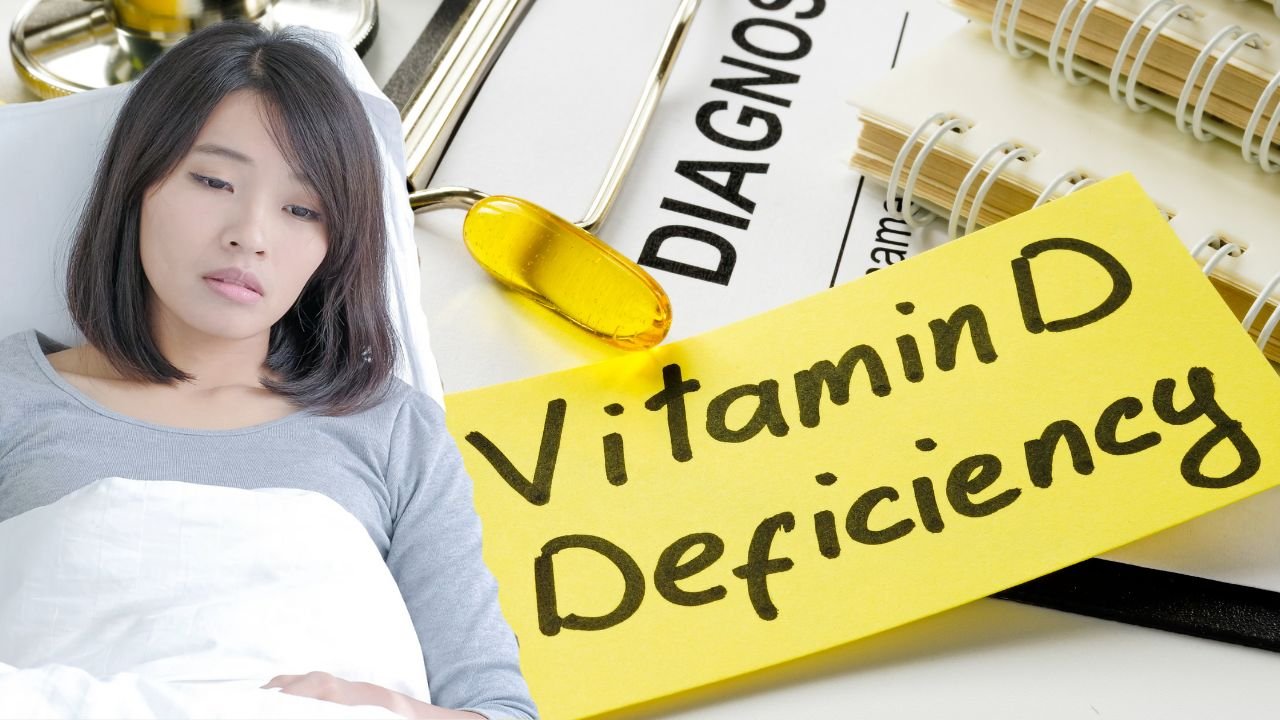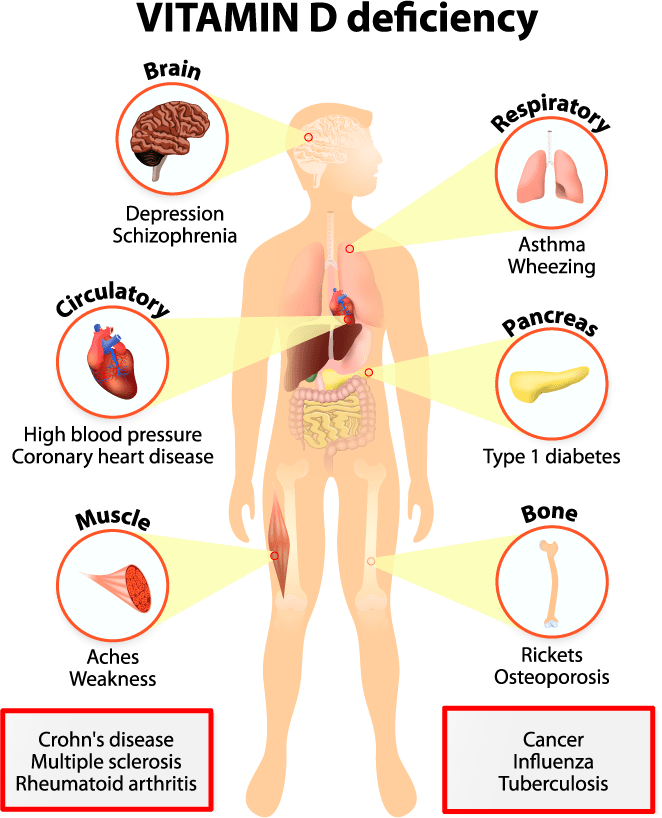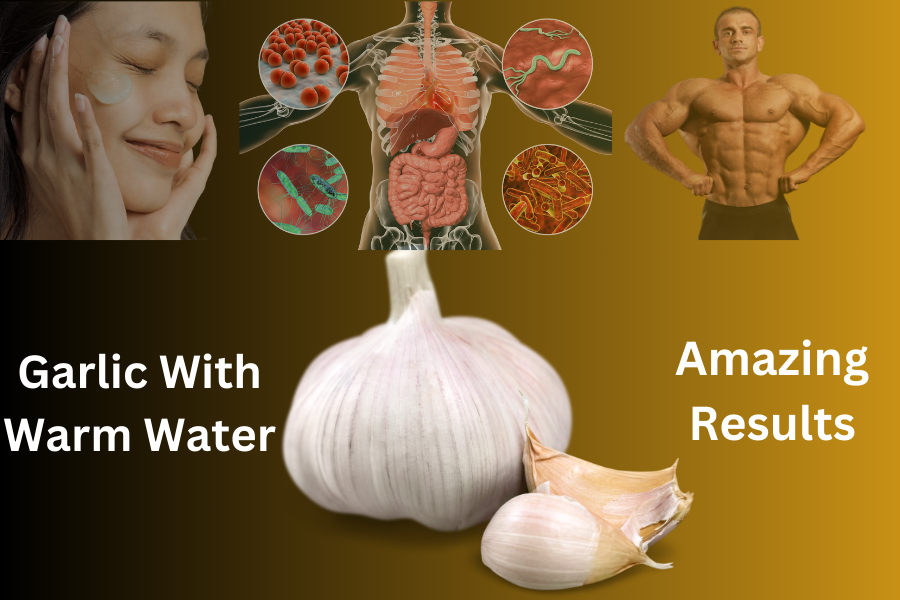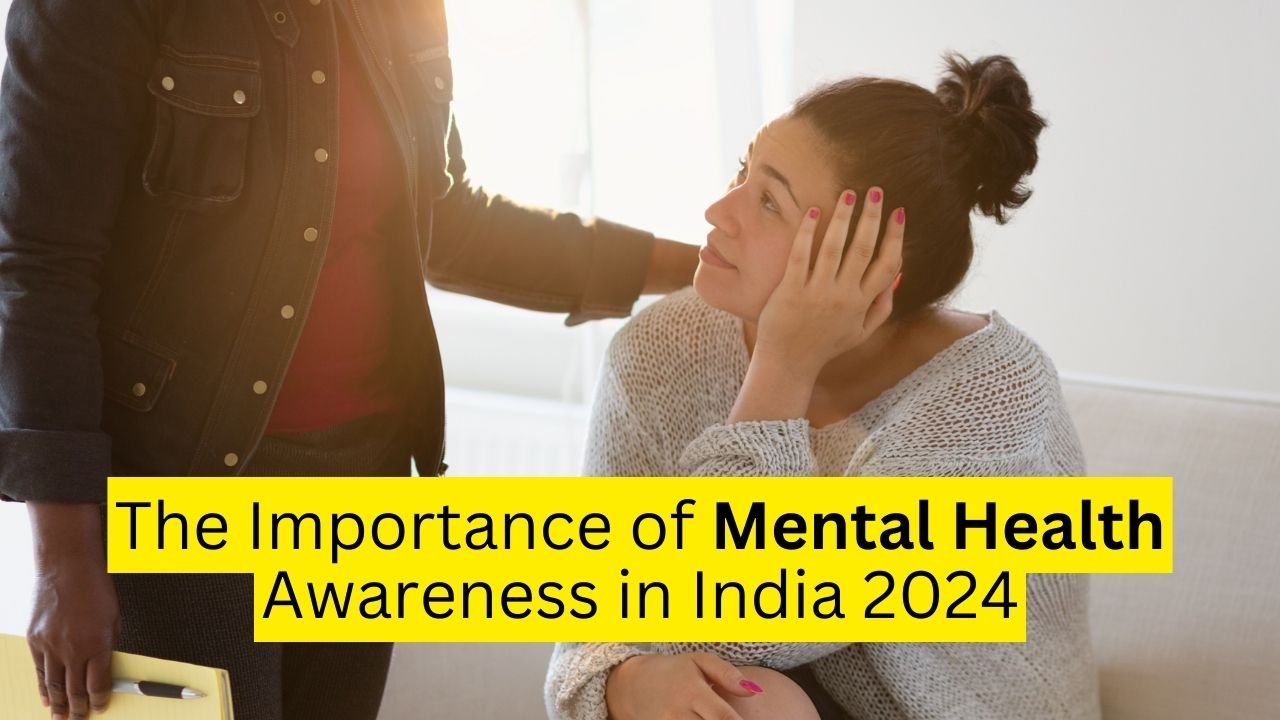Unlocking the Mystery of Vitamin D Deficiency: Simple Lifestyle Tweaks for a Healthier You in 2024
Posted on : April 22, 2024 By Savan

Table of Contents
Introduction
Vitamin D deficiency is a growing concern worldwide, affecting people of all ages. Despite its importance for overall health, many individuals are not getting enough of this essential vitamin. In this article, we’ll explore the reasons behind the rising prevalence of vitamin D deficiency and discuss lifestyle changes that can help improve vitamin D levels.
Why Is Vitamin D Important?
Vitamin D is essential for keeping bones strong, supporting the immune system, and promoting overall health and wellness. Here are some key reasons why vitamin D matters:
- Bone Health: Vitamin D is essential for the absorption of calcium and phosphorus, both of which are critical for strong bones. Without adequate vitamin D, bones can become weak and brittle, leading to conditions like osteoporosis and osteomalacia.
- Immune System Support: Vitamin D helps regulate the immune system, making it more effective in fighting infections and preventing chronic diseases.
- Mood and Mental Health: Some studies suggest a link between vitamin D deficiency and mood disorders such as depression. Ensuring optimal vitamin D levels may contribute to better mental well-being.
- Reduced Risk of Chronic Diseases: Adequate vitamin D levels have been associated with a lower risk of conditions like heart disease, cancer, and multiple sclerosis.
Causes of Vitamin D Deficiency
Several factors contribute to the increasing prevalence of vitamin D deficiency:
- Lack of Sun Exposure: The primary source of vitamin D is sunlight. Spending more time indoors, using sunscreen, and avoiding sun exposure can lead to insufficient vitamin D synthesis in the skin.
- Darker Skin Pigment: People with darker skin have higher melanin levels, which reduce the skin’s ability to produce vitamin D from sunlight.
- Avoidance of Fat: Vitamin D is fat-soluble, meaning it requires fat for absorption and storage. Modern dietary trends often promote low-fat or fat-free foods, hindering vitamin D absorption.
- Air-Conditioned Environments: Staying indoors in air-conditioned rooms limits sun exposure and contributes to vitamin D deficiency.
- Sunscreen Use: While sunscreen protects against harmful UV rays, it can also block vitamin D synthesis. Finding a balance between sun protection and vitamin D production is essential.
- Maternal Deficiency: Children born to mothers with vitamin D deficiency may inherit lower levels, affecting their bone growth and metabolism.
Lifestyle Changes to Improve Vitamin D Levels

To combat vitamin D deficiency, consider the following lifestyle modifications:
- Sun Exposure: Spend at least 15 minutes outdoors daily, especially during peak sunlight hours (10 am to 3 pm). Expose your face, arms, and legs to sunlight without sunscreen for optimal vitamin D synthesis.
- Dietary Choices: Include vitamin D-rich foods in your diet:
- Fatty fish (salmon, tuna, mackerel)
- Cheese
- Mushrooms
- Egg yolks
- Supplementation: If sun exposure and dietary changes are insufficient, consult a healthcare professional about vitamin D supplements. They can recommend appropriate doses based on your individual needs.
- Maintain a Healthy Weight: Obesity is associated with lower vitamin D levels. Regular exercise and a balanced diet can help maintain a healthy weight and improve vitamin D status.
- Monitor Your Levels: Get regular blood tests to assess your vitamin D levels. Adjust your lifestyle and supplementation based on the results.
Also Read – The Impact of Mobile Phones on Children: 8 Major Side Effects and Solutions
Guide to Vitamin D Sources
Natural Sources of Vitamin D
The best natural sources of vitamin D are found in a variety of foods and through sunlight exposure. Here are some of the most potent natural sources:
- Fatty Fish: This is one of the richest natural sources of vitamin D. Examples include:
- Salmon
- Mackerel
- Tuna
- Sardines
- Herring
- Trout
- Swordfish
- Fish Liver Oils: Cod liver oil is particularly high in vitamin D and is often taken as a dietary supplement.
- Beef Liver: While not as high in vitamin D as fatty fish, beef liver still provides a decent amount.
- Egg Yolks: Eggs are a convenient source of vitamin D, with the yolks containing the majority of the nutrient.
- Mushrooms: Certain varieties like shiitake, chanterelle, and oyster mushrooms, especially those exposed to UV light, can provide vitamin D.
Fortified Foods
In addition to natural sources, many foods are fortified with Vitamin D Deficiency. These include:
- Dairy items like milk, cheese, and yogurt are frequently enriched with vitamin D.
- Plant-Based Milks: Soy, almond, and oat milks are frequently fortified.
- Breakfast Cereals: Many cereals have added vitamin D to support a healthy start to the day.
- Orange Juice: Certain varieties of orange juice are enhanced with vitamin D.
- Margarine: Often fortified with vitamin D to mimic the nutrient profile of butter.
Daily Vitamin D Requirements
The suggested daily amount of vitamin D differs based on factors such as age, gender, and life phase. Here’s a general guideline:
- Infants (0-12 months): 10 mcg/400 IU
- Children (1-13 years): 15 mcg/600 IU
- Adolescents (14-18 years): 15 mcg/600 IU
- Adults (19-70 years): 15 mcg/600 IU
- Seniors (71+ years): 20 mcg/800 IU
- Pregnant or Breastfeeding Women: 15 mcg/600 IU
Tips for Maximizing Vitamin D Intake
- Consume a Balanced Diet: Incorporate a variety of vitamin D-rich foods into your meals.
- Consider Supplements: If you’re unable to get enough vitamin D from food and sunlight, speak to a healthcare provider about supplements.
- Get Regular Sunlight: Aim for 15-20 minutes of midday sun exposure several times a week, depending on your skin type and local climate.
- Check Food Labels: Look for fortified foods to boost your vitamin D intake.
By understanding these sources and incorporating them into your lifestyle, you can help ensure you’re getting enough vitamin D to support your health.
Remember, it’s important to maintain a balance between getting enough vitamin D and protecting your skin from excessive sun exposure. It’s important to seek advice from a healthcare provider before making substantial alterations to your diet or supplement routine.
Conclusion
Vitamin D Deficiency can be avoided and managed through appropriate measures. By understanding the causes and making informed lifestyle choices, we can ensure optimal vitamin D levels and promote overall health. Remember that small changes today can have a significant impact on your well-being tomorrow.
Share this articlePosted on : April 22, 2024 By Savan
Join Our Club

"Stay Informed, Stay Ahead – Join Our Club Today!"



















